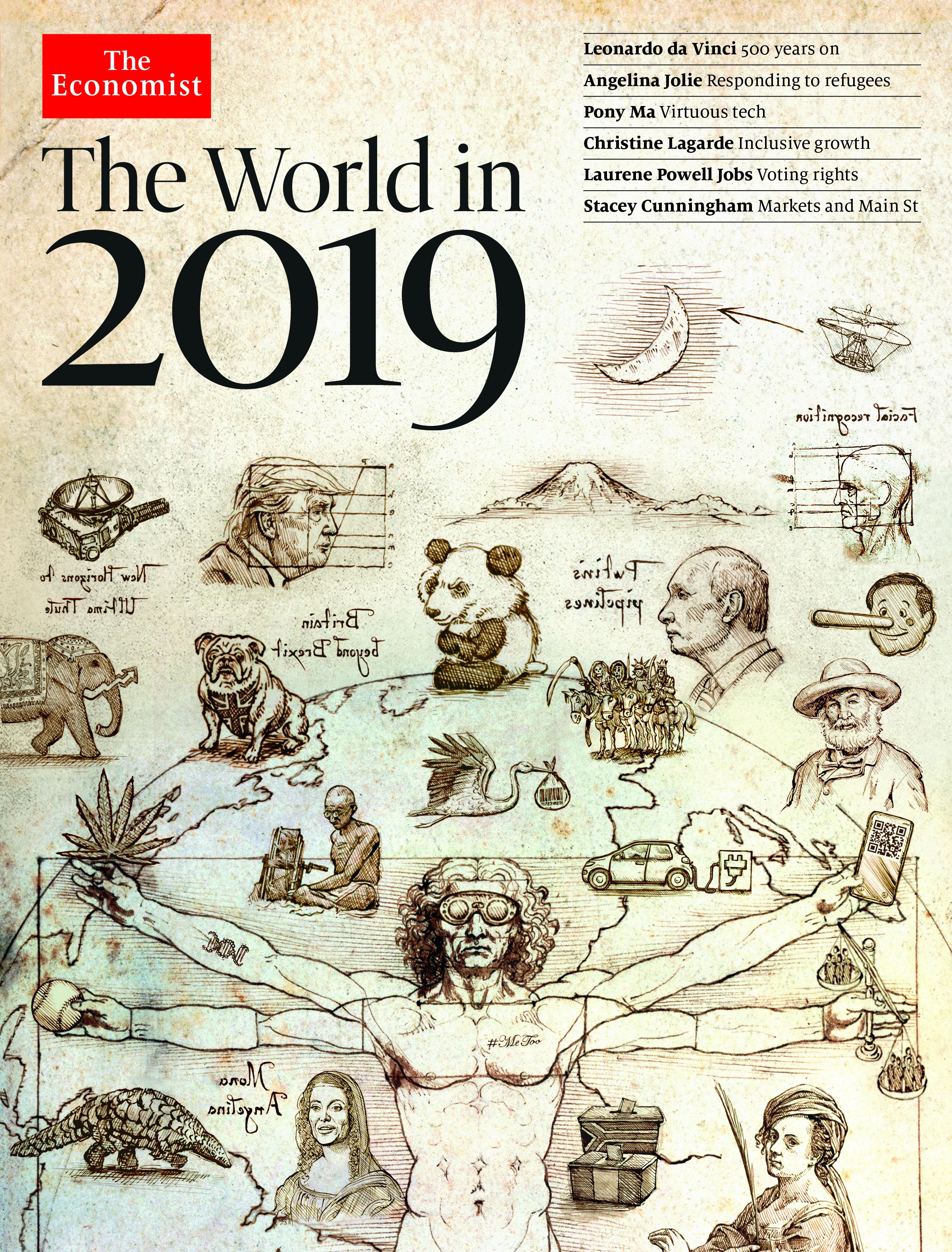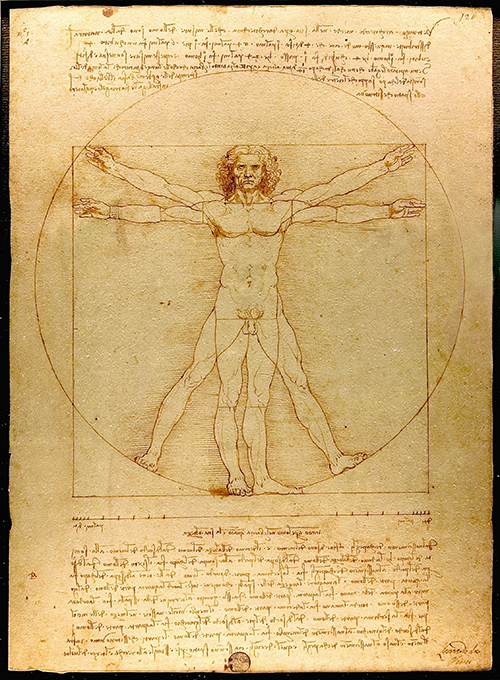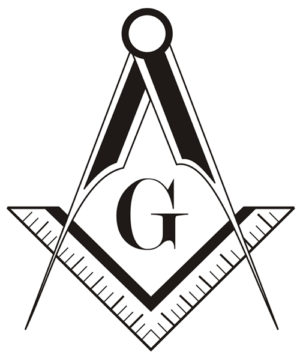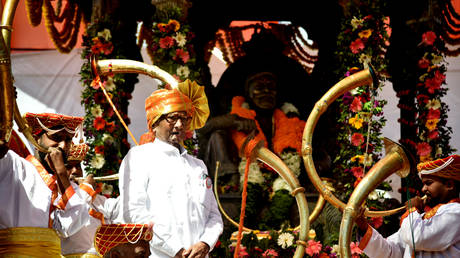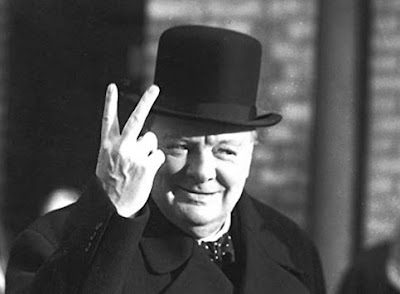The Meaning of the Cryptic Messages on The Economist’s “The World in 2019” Cover
from Vigilant Citizen:
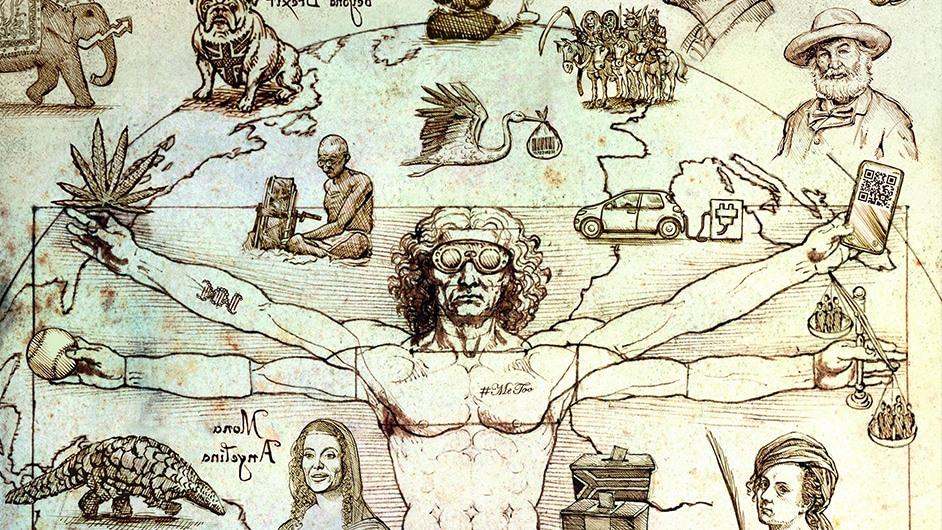
A look at the cryptic symbolism found on the cover of the Economist’s “The World in 2019” which includes the Four Horsemen of the Apocalypse. What are they trying to tell us?
Every December, the reputed magazine The Economist publishes a special edition that predicts the trends and the events of the year to come. And every time, the cover of these editions is an elaborate collection of images referring to various people and concepts. While the meaning of some of these images is obvious, others appear to be coded for “those in the know”. This year’s edition is no exception. In fact, it is more cryptic than ever
Why would anybody spend time deciphering these covers? Because The Economist isn’t just any publication – it is directly connected with the world’s elite. It is partly owned by the Rothschild banking family of England and its editor-in-chief, John Micklethwait, has attended the Bilderberg Conference several times. In short, the leadership at The Economisthas inside knowledge of the elite’s agenda, and they do their best to promote it.
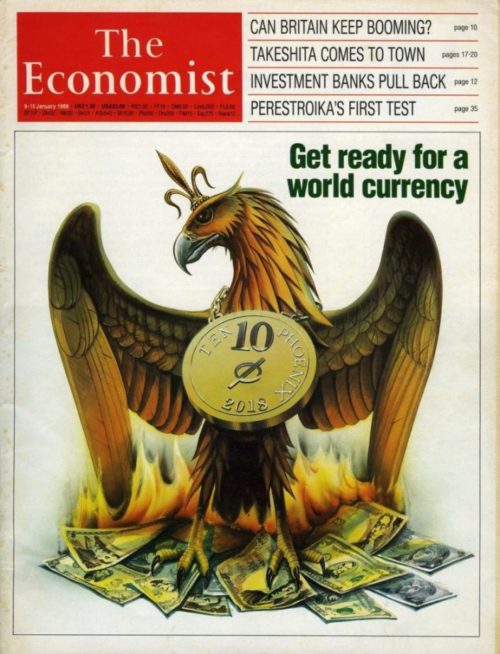
This 1988 cover of The Economist called for the creation of a world currency called the Phoenix – one of the occult elite’s favorite symbols. The bird stands on a pile of burning national currencies.
As seen in my articles about the 2015 and 2017 editions of The Economist, these covers are often replete with occult elite symbolism, mixed with subtle messages about the many ways the elite controls the masses. The 2019 edition is more blatant than ever.
This is the description posted by The Economist on its official website:
The World in 2019 will build on three decades of publishing success: this will be the 33rd edition. It will look ahead to the Trump administration’s prospects with a new Congress, the reality of Brexit, elections in India, Indonesia, Nigeria and across Europe, tech disruptions from AI and China (could 2019 mark “peak Sillicon Valley”?), space travel 50 years after the Moon landing and culture 500 years after Leonardo da Vinci.
Note that the description emphasized the fact “this will be the 33rd edition”. Why emphasize this random numerological this fact? Is it because 33 is the most important number in Freemasonry? That would make sense because the cover features intense Masonic symbolism through the works of Leonardo da Vinci.
The main theme of this cover is Leonardo da Vinci because 2019 will mark the 500th anniversary of his death. As such, the art style is made to look like a da Vinci manuscript.
The first detail that one might notice is the mirror writing. Why is everything written backward? Well, da Vinci often wrote in mirror writing and the reason he did that remains a mystery. Some claim that he did not want to smudge ink while he was writing; others believe that he did not want other people to steal his ideas. Those who have researched Vinci’s occult leanings believe that his backward writing might have something to do with him attempting to conceal esoteric knowledge. In his day, those who accused da Vinci of being a heretic even called his mirror script “writings of the devil”. In occult circles, mirror writing is often associated with Satanism and black magic, based on the reversal of symbols.
Let’s look at the symbolism of the cover.
At the center of the cover is the Vitruvian Man, da Vinci’s famous sketch depicting a man stretched out inside a circle and a square. It is said to be a representation of “the perfect man”.
While the Vitruvian Man is often described as a “study of human proportions”, it bears a much deeper symbolic meaning in occult circles – especially in Freemasonry. It esoterically represents the human body (the microcosm) as a reflection of the entire universe (the macrocosm) – a hermetic principle summed up by the saying “As Above, So Below”.
Da Vinci’s sketch was based on the works of Vitruvius, a Roman architect who was considered to be the “First Grand Master” of Freemasonry. Appropriately enough, the Vitruvian Man visually depicts the ultimate goal of Freemasonry: Squaring the circle.
In Masonic symbolism, the square represents the physical body and the circle represents the soul. On a wider scale, the square represents the material world, while the circle represents the spiritual realm. One of the goals of Freemasonry is to harmonize these two opposite worlds (physical and spiritual) to create the “perfect man”. This concept is fully represented in the logo of Freemasonry.
The logo of Freemasonry combines a square and a compass – two tools used in architecture. The square is used to draw squares while the compass is used to draw circles. By “squaring the circle”, the Freemason is said to achieve godhood.
I won’t go deeper in the connections between da Vinci and occultism because that would require an entire book (and I’m not talking about The da Vinci Code). Let’s just remember that, for its 33rd end-of-year edition, The Economist features a “modern” Vitruvian Man.
The 2019 Vitruvian Man wears night-vision goggles, or maybe a VR headset. Is his sight being improved or is he being blinded? In his hands, he holds a leaf of cannabis, a baseball, and a smartphone. One could argue that all of these things are used to distract and pacify the modern man through drug companies, big tech, and entertainment.
The Vitruvian Man also has two tattoos. On his forearm is a double-helix, the symbol representing DNA. This is most likely a reference to the intense research in DNA modification happening in the private sector. Was the Vitruvian Man’s DNA altered?
Across his heart is tattooed “#MeToo”. While the #metoo movement did expose some Hollywood creeps, it also has created a climate of censorship and repression where many people have accused, judged, and sentenced to expulsion in the public sphere.
On a somewhat related note, the Vitruvian Man holds a scale – a classic symbol representing justice. However, the scale is heavily slanted on the side that has 5 people versus 4. Is this the U.S. Supreme Court, who recently gained a new and controversial judge, or is this just the tilted scales of justice in 2019?
Overall, the modern Vitruvian Man appears to be blinded, weakened, distracted, and repressed. The circle around him that once symbolized the spiritual realm is now the Earth. Did the Vitruvian Man lose his soul? Is he now concerned only with Earthly matters?
Read More @ VigilantCitizen.com
Loading...

